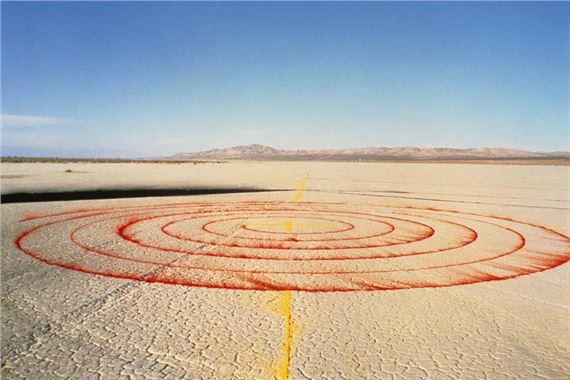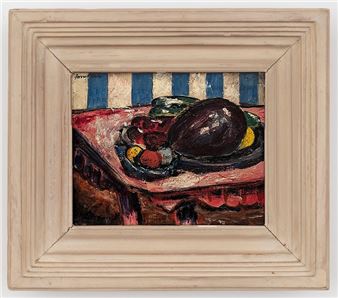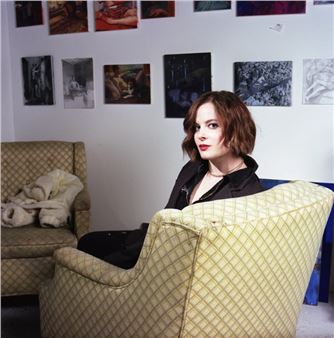Groundswell: Women of Land Art
Using materials like earth, wind, water, fire, wood, salt, rocks, mirrors, and explosives, American artists of the 1960s began to move beyond the white cube gallery space to work directly in the land. With ties to Minimal and Conceptual art, these artists placed less emphasis on the discrete object and turned their attention to the experience of the artwork—however fleeting or permanent that might be—foregrounding natural materials and the site itself to create works that were large in scale and located outside of typical urban art world circuits.
For many years, art historical narratives of Land art have been dominated by men: Robert Smithson, Michael Heizer, Walter de Maria, Robert Morris, Dennis Oppenheim, Richard Long, and others. Groundswell: Women of Land Art, intends to shift that focus to shed new light on the vast number of Land works by women artists, whose careers ran parallel to their better-known male counterparts, yet have received less recognition and representation in museum presentations.
Through works made from the late 1960s through 1990, Groundswell provides a broad overview of themes and artworks that are integral to understanding the history of Land art. While most scholarship on the field tends to focus on the decades of the 1960s and 1970s, broadening this time frame allows us to chart the emergence of Land art in the 1960s, its so-called decline in the 1970s, and artists’ transition from working in rural, unpopulated settings to creating Land art in urban centers with the emergence of public art programs and art parks that flourished around the United States in the late 1970s and early 1980s.

Recommended for you
Using materials like earth, wind, water, fire, wood, salt, rocks, mirrors, and explosives, American artists of the 1960s began to move beyond the white cube gallery space to work directly in the land. With ties to Minimal and Conceptual art, these artists placed less emphasis on the discrete object and turned their attention to the experience of the artwork—however fleeting or permanent that might be—foregrounding natural materials and the site itself to create works that were large in scale and located outside of typical urban art world circuits.
For many years, art historical narratives of Land art have been dominated by men: Robert Smithson, Michael Heizer, Walter de Maria, Robert Morris, Dennis Oppenheim, Richard Long, and others. Groundswell: Women of Land Art, intends to shift that focus to shed new light on the vast number of Land works by women artists, whose careers ran parallel to their better-known male counterparts, yet have received less recognition and representation in museum presentations.
Through works made from the late 1960s through 1990, Groundswell provides a broad overview of themes and artworks that are integral to understanding the history of Land art. While most scholarship on the field tends to focus on the decades of the 1960s and 1970s, broadening this time frame allows us to chart the emergence of Land art in the 1960s, its so-called decline in the 1970s, and artists’ transition from working in rural, unpopulated settings to creating Land art in urban centers with the emergence of public art programs and art parks that flourished around the United States in the late 1970s and early 1980s.
Contact details

Related articles
The exhibition sheds new light on lesser-known, often ephemeral, works by women
Brandon Zech, William Sarradet, Jessica Fuentes, and special guests talk about upcoming exhibitions in Texas...
Brandon Zech, William Sarradet, Jessica Fuentes, and special guests talk about upcoming exhibitions in Texas
Solo shows also abound, from Charles Gaines to Harry Smith, while the women of Land Art and Fluxus keep rocking in major exhibitions.

 ARTISTS
ARTISTS















